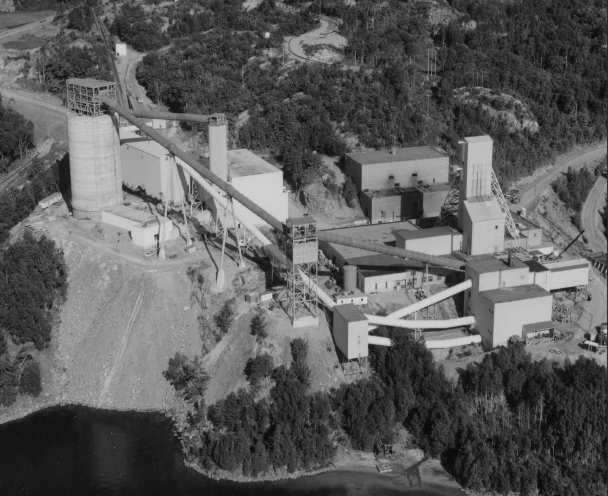Livio Di Matteo is Professor of Economics at Lakehead University in Thunder Bay, Ontario. Visit his new Economics Blog “Northern Economist” at http://ldimatte.shawwebspace.ca/ This column was originally published November, 2002.
It is in Ontario’s interest to see the north of the province become economically self-sustaining. A growing north will create economic activity and ultimately tax revenue. – Livio Di Matteo (November, 2002)
Nearly one hundred years after the beginning of its first Northern Policy, Ontario is faced with a need for a New Northern Policy. The rationale this time is not to open up an investment frontier but to salvage the economic potential of a vast geographic region that suffers from locational disadvantages when it comes to economic activity. While the north and the northwest are ostensibly at the center of the continent, unfortunately the bulk of the continent’s population with their attendant market demand and job opportunities lie elsewhere.
Unless policies are put in place to boost economic growth in the north and northwest, these regions are likely to continue their decline and become a drain on the public purse of the province of Ontario. It is in Ontario’s interest to see the north of the province become economically self-sustaining. A growing north will create economic activity and ultimately tax revenue. Moreover, given the continued growth and congestion in southern Ontario, there are benefits to dispersion of development in terms of the quality of life.
The legs of a New Northern Policy should focus on reducing the region’s locational disadvantages, augmenting its capital infrastructure, deepening its human capital and creating new governance institutions that would assert regional control over local development.























